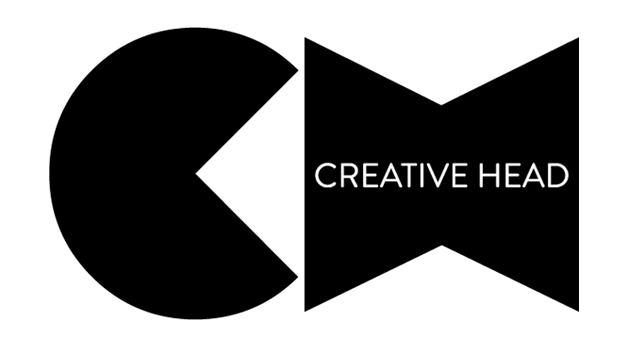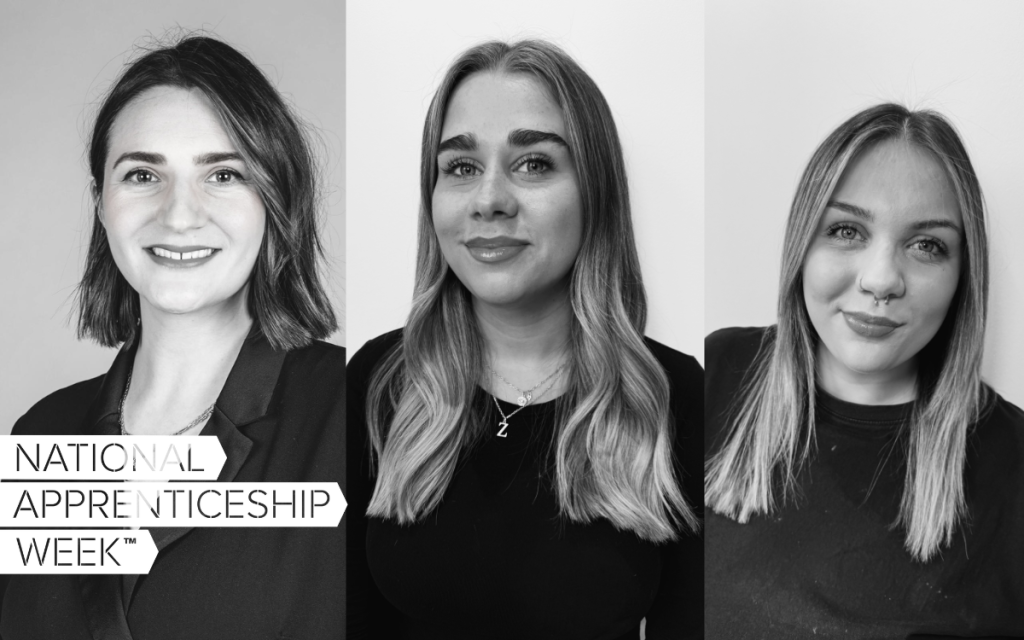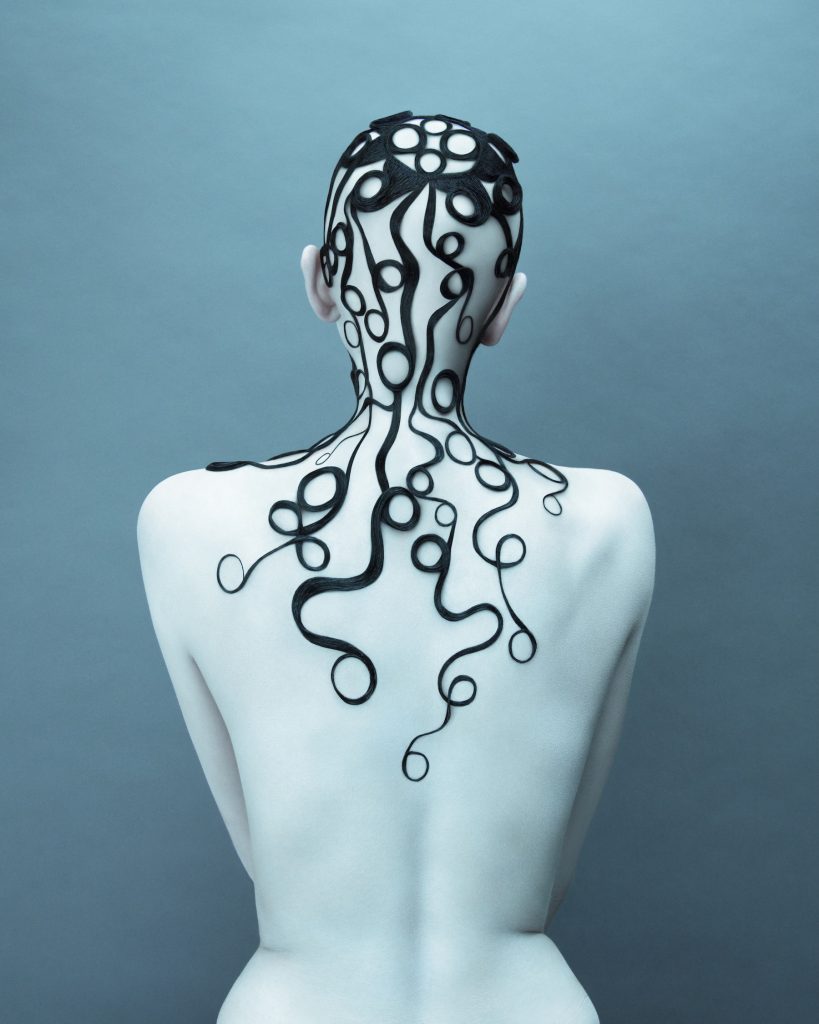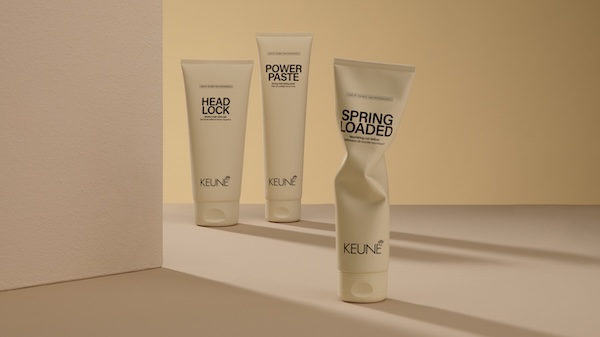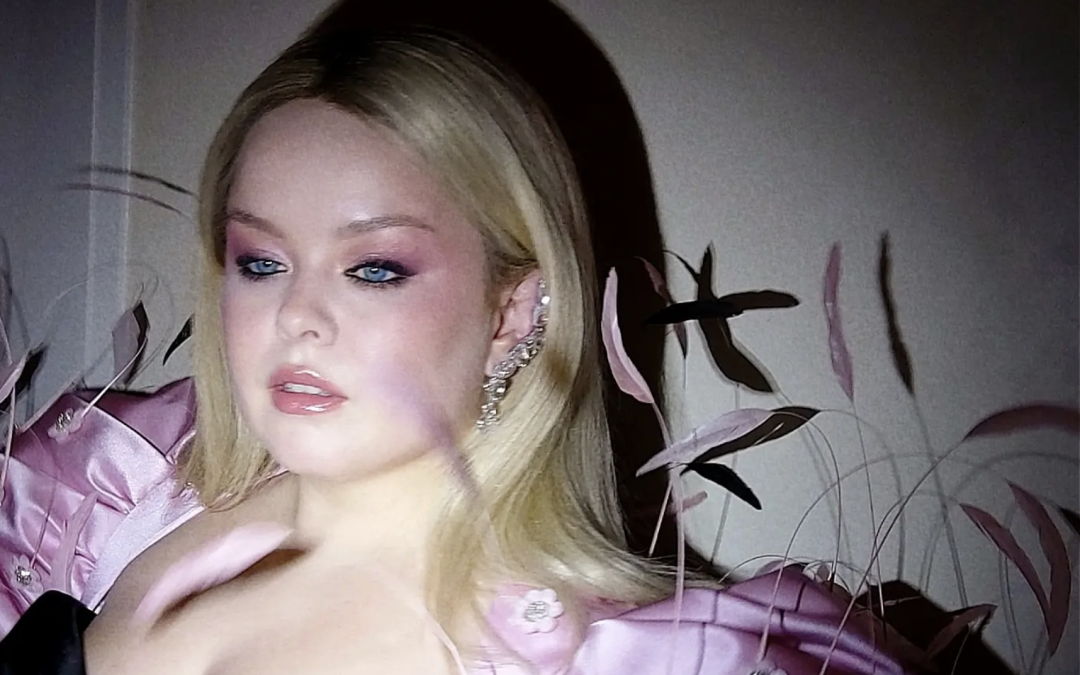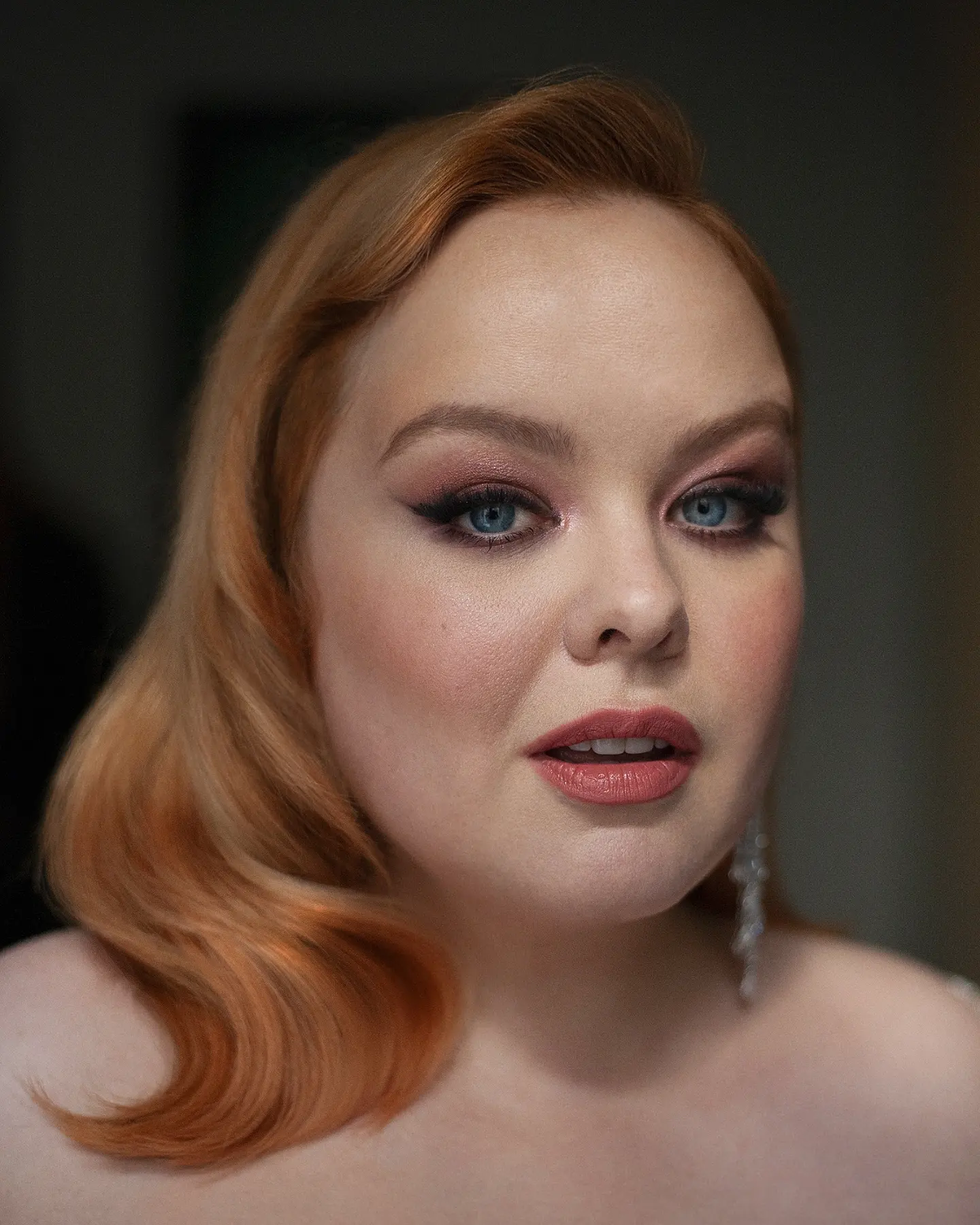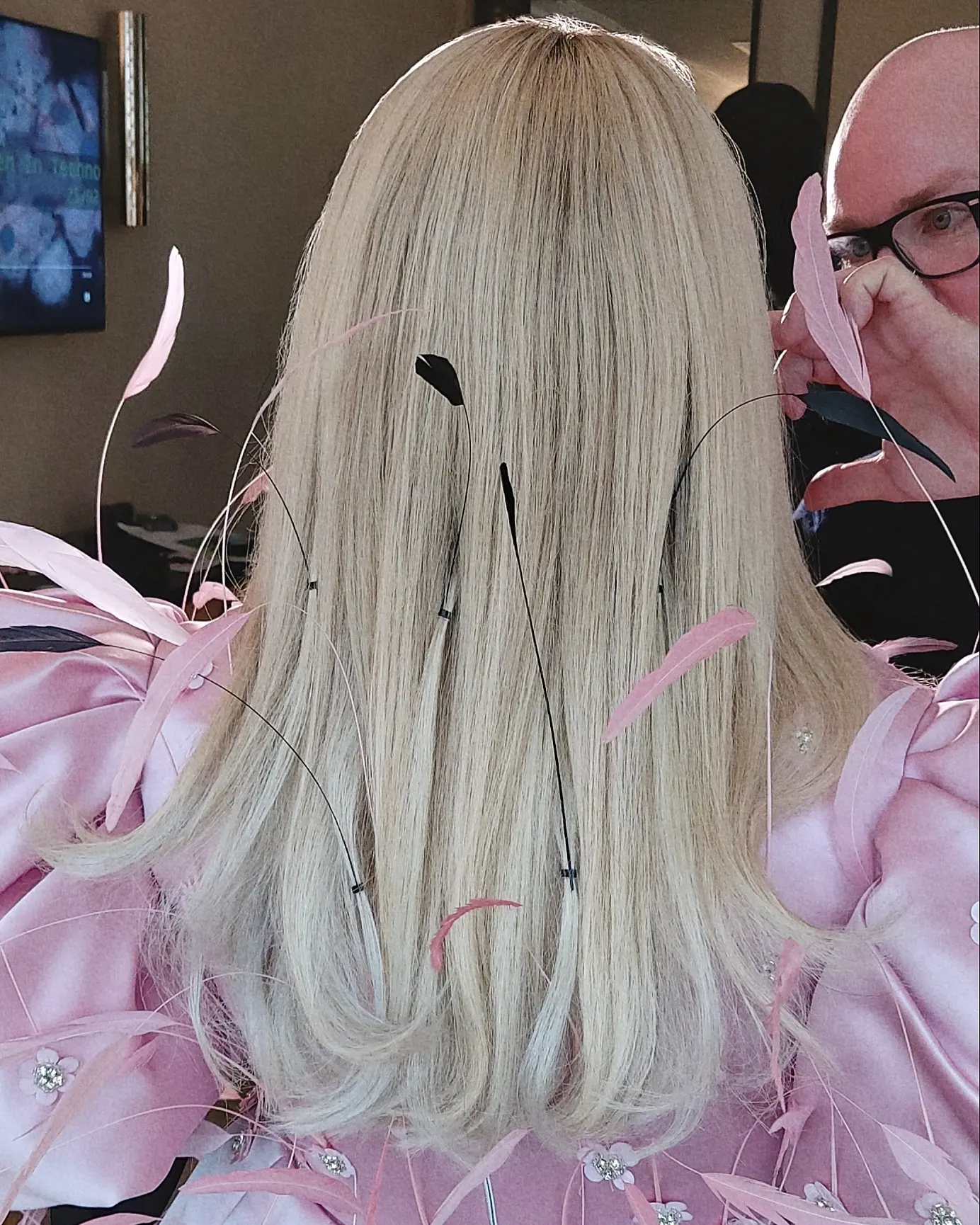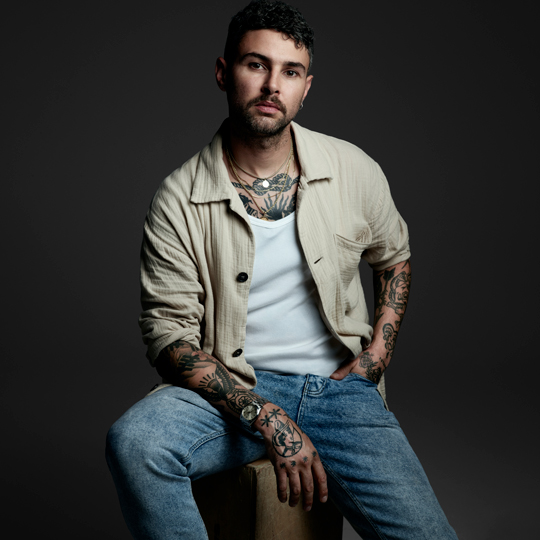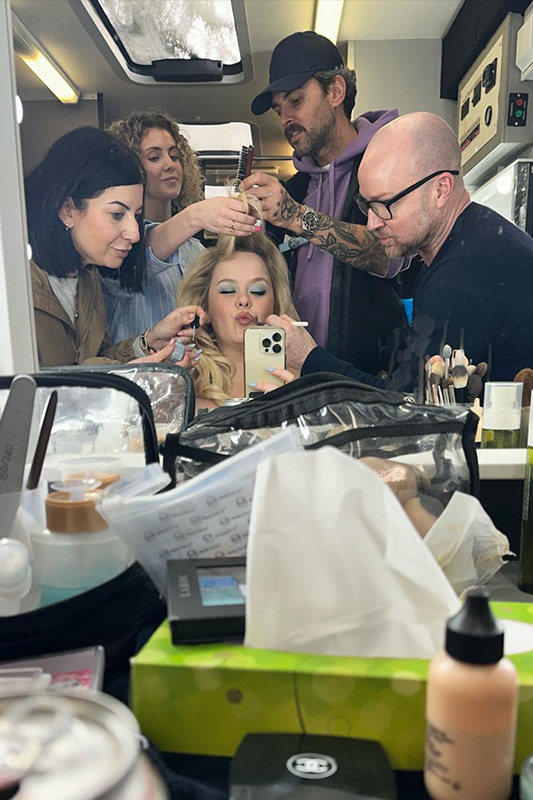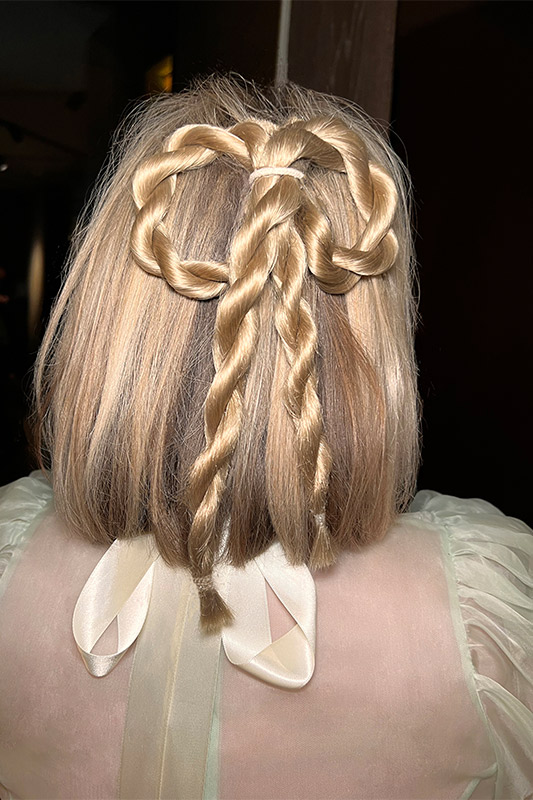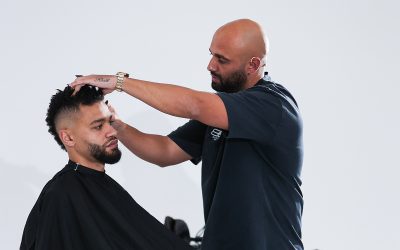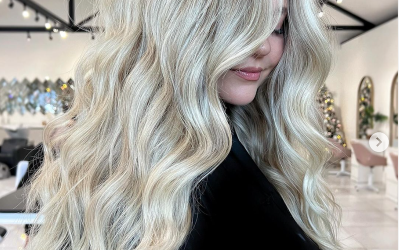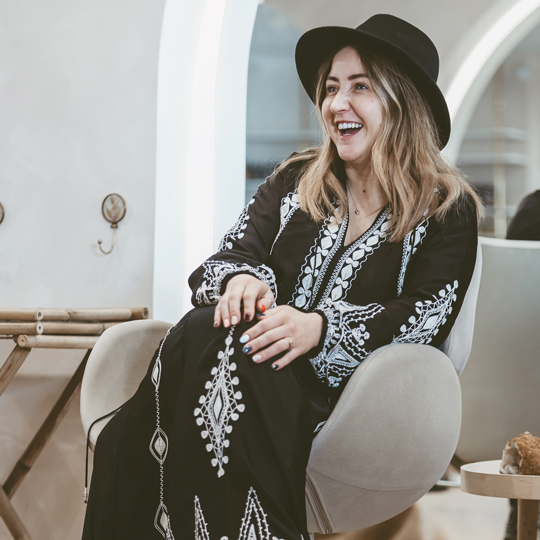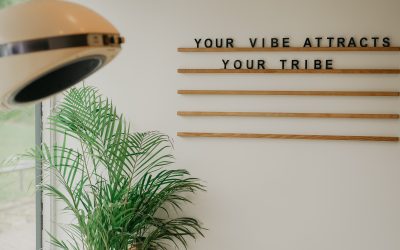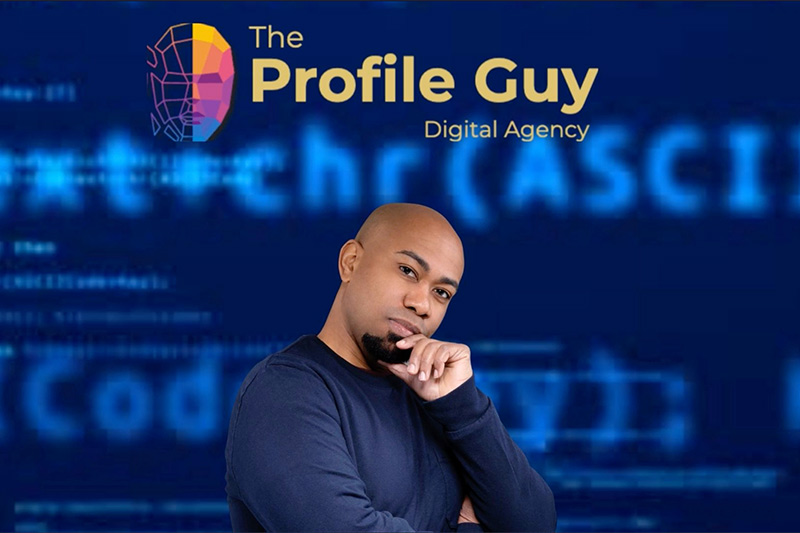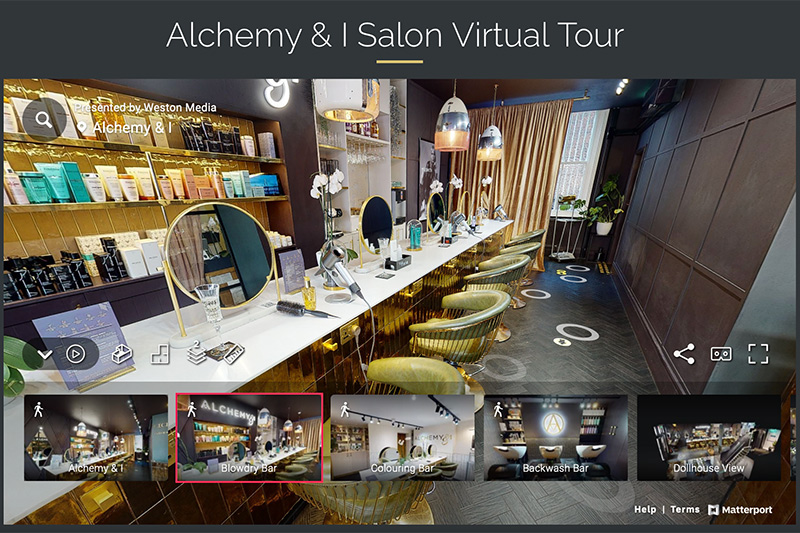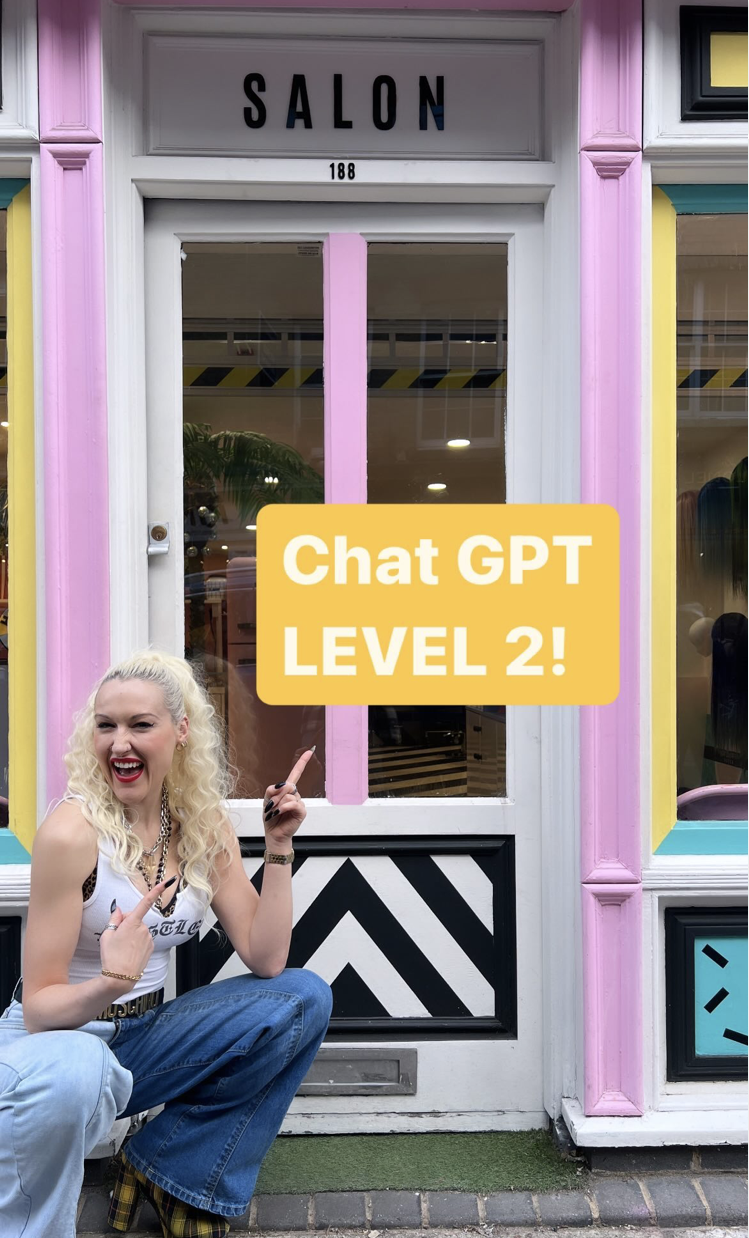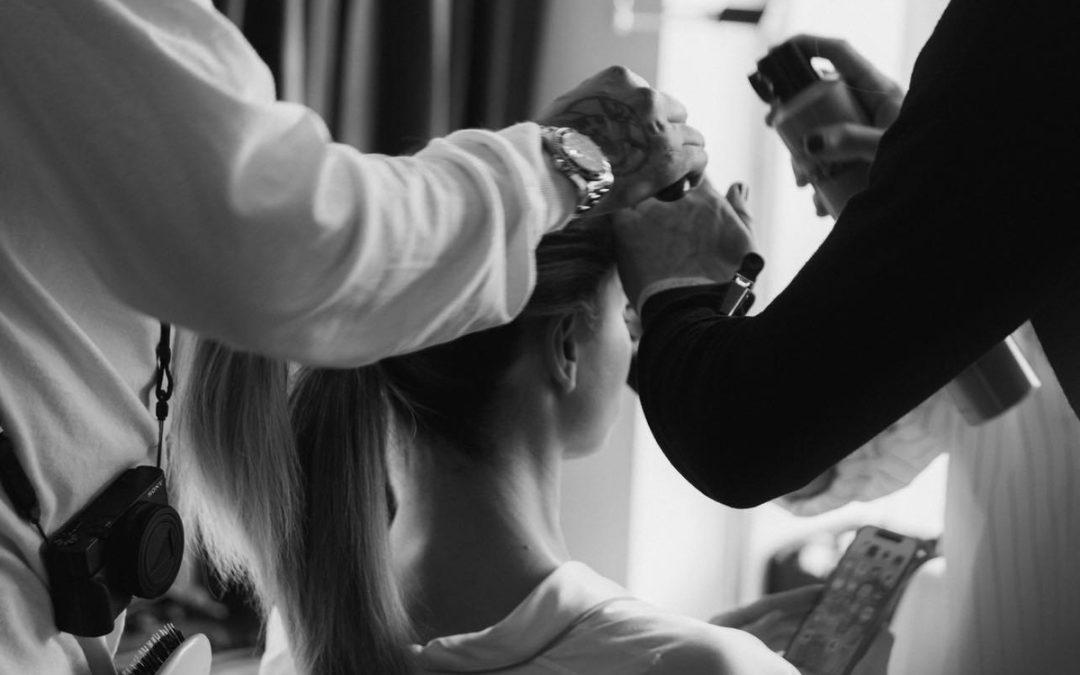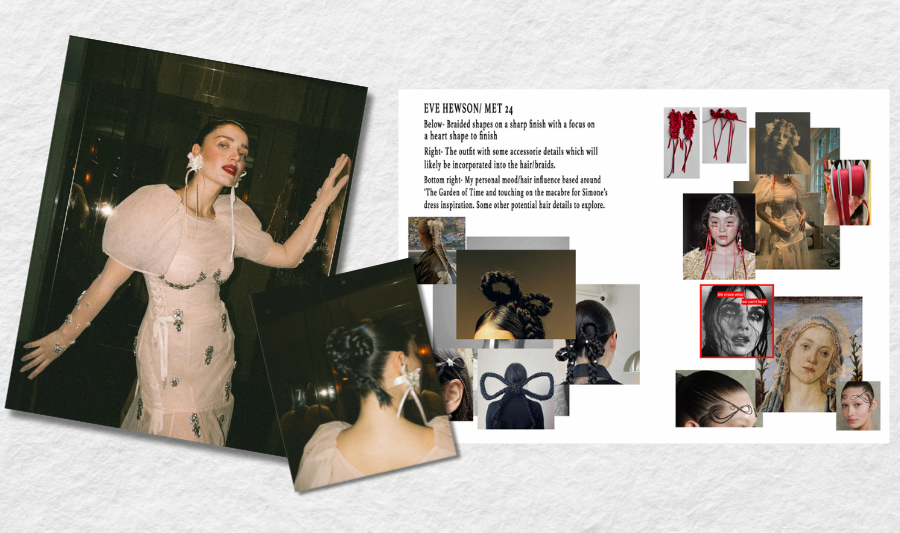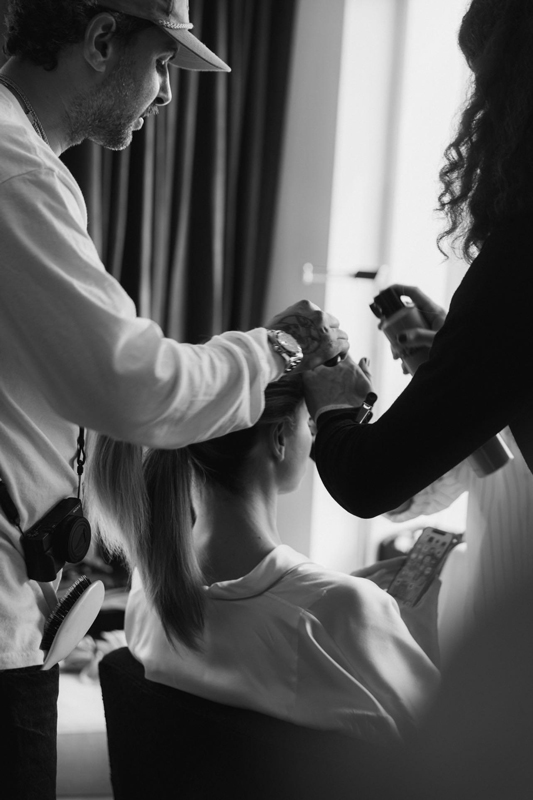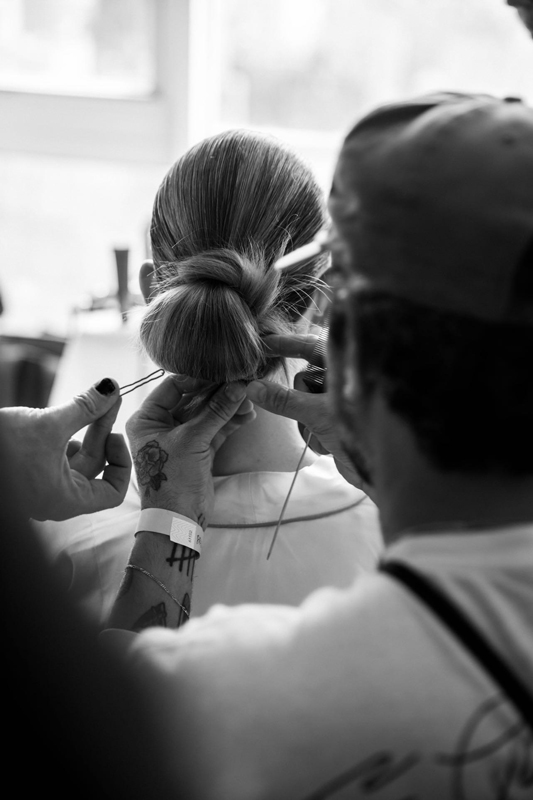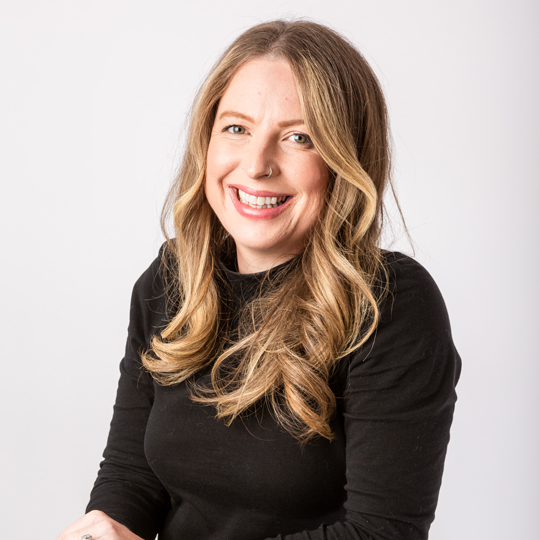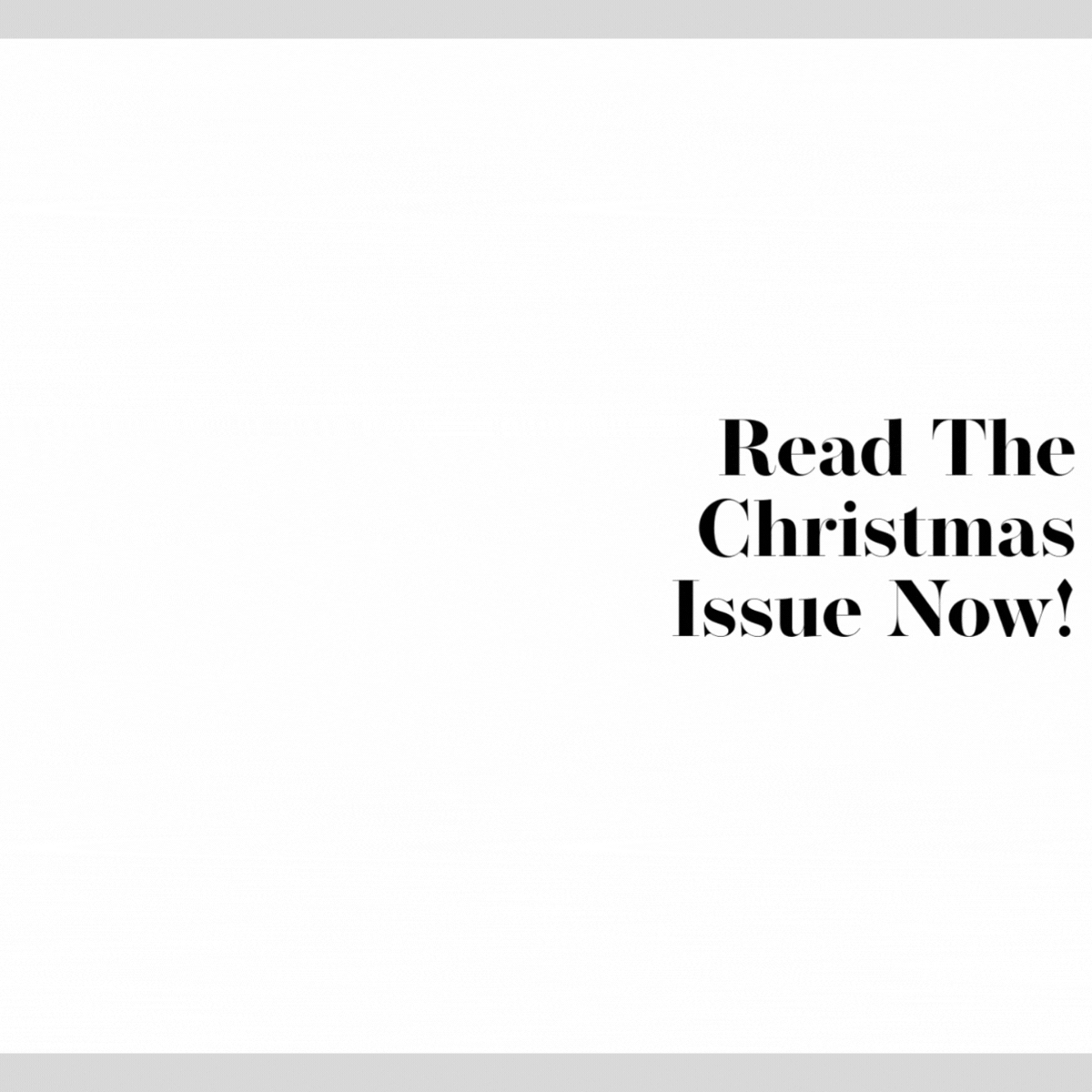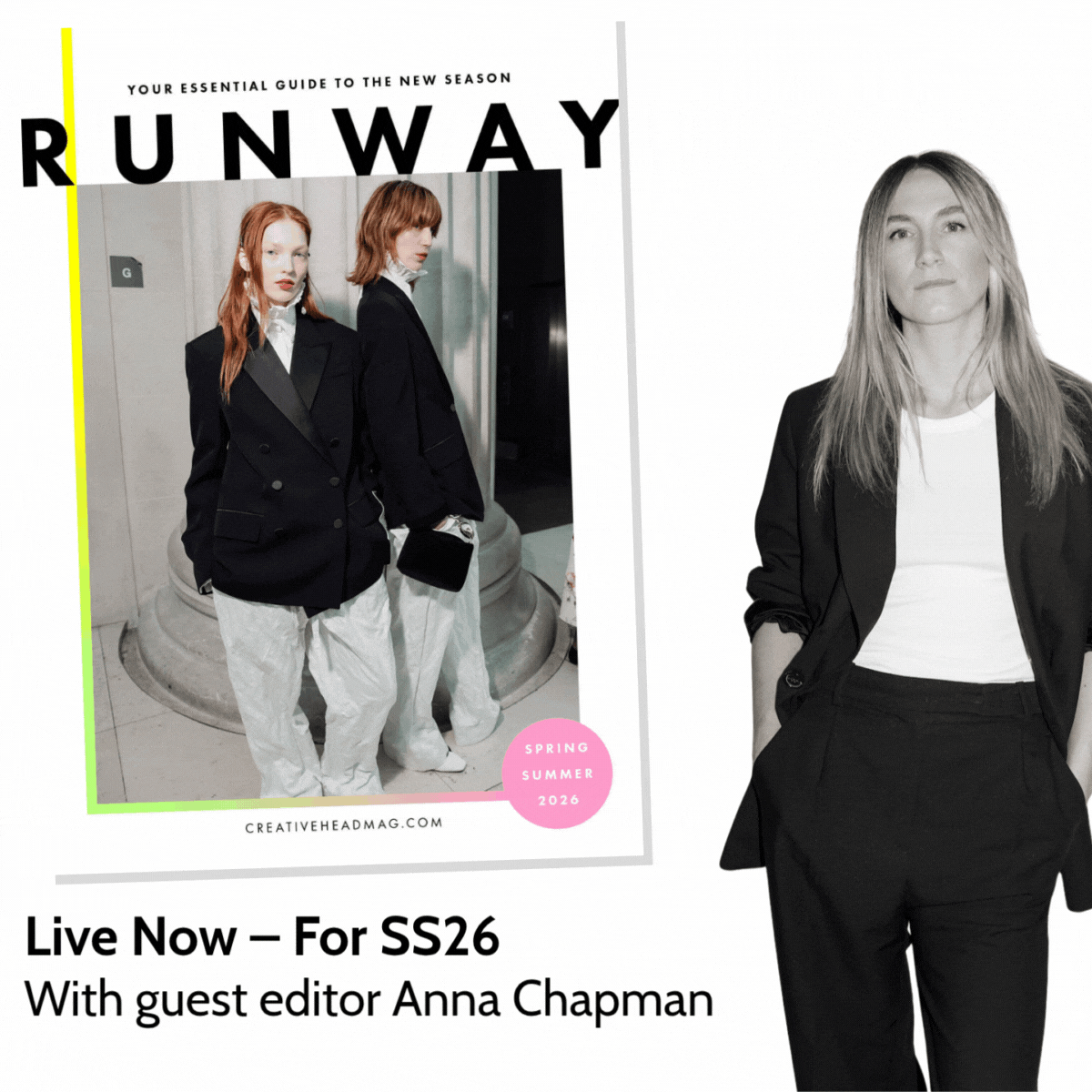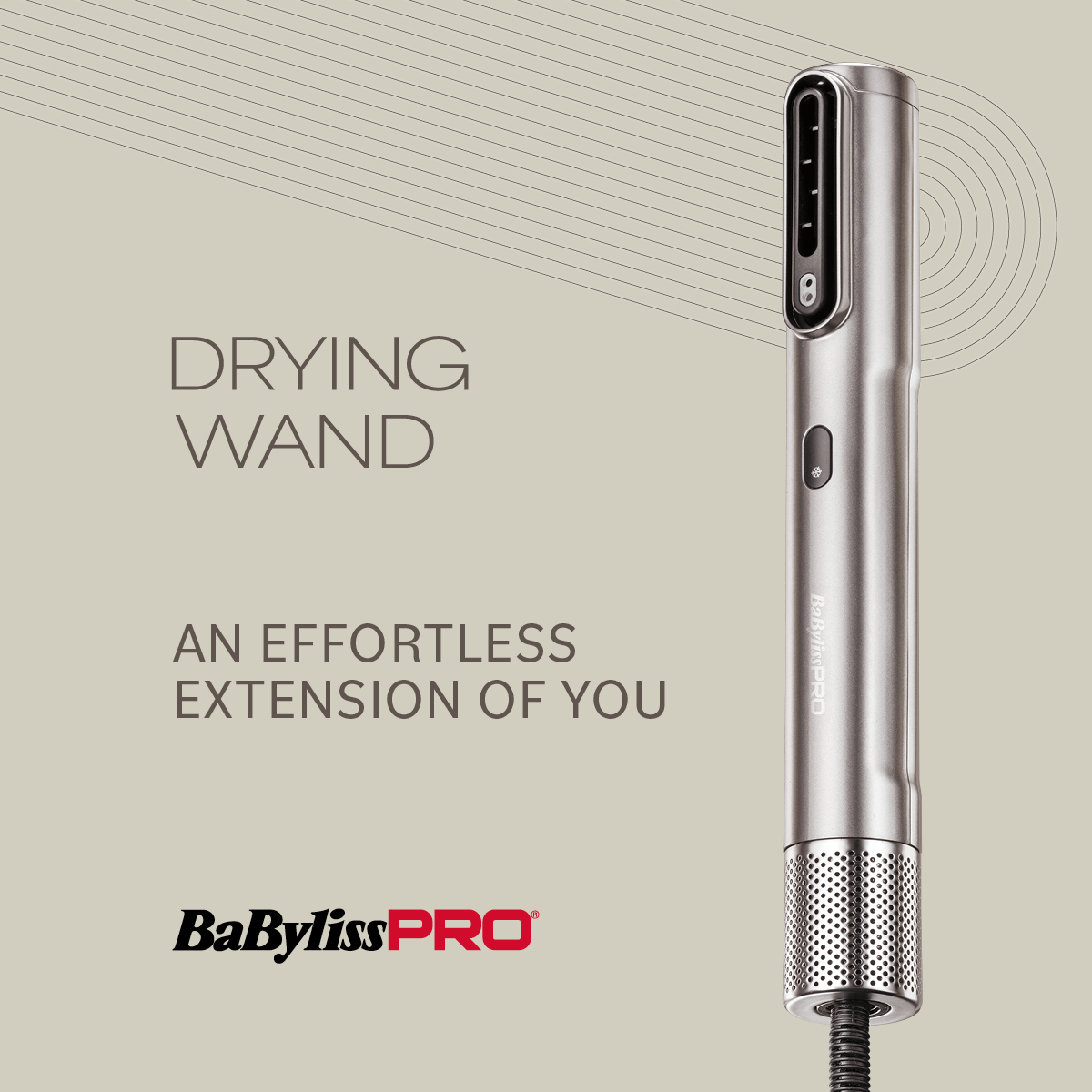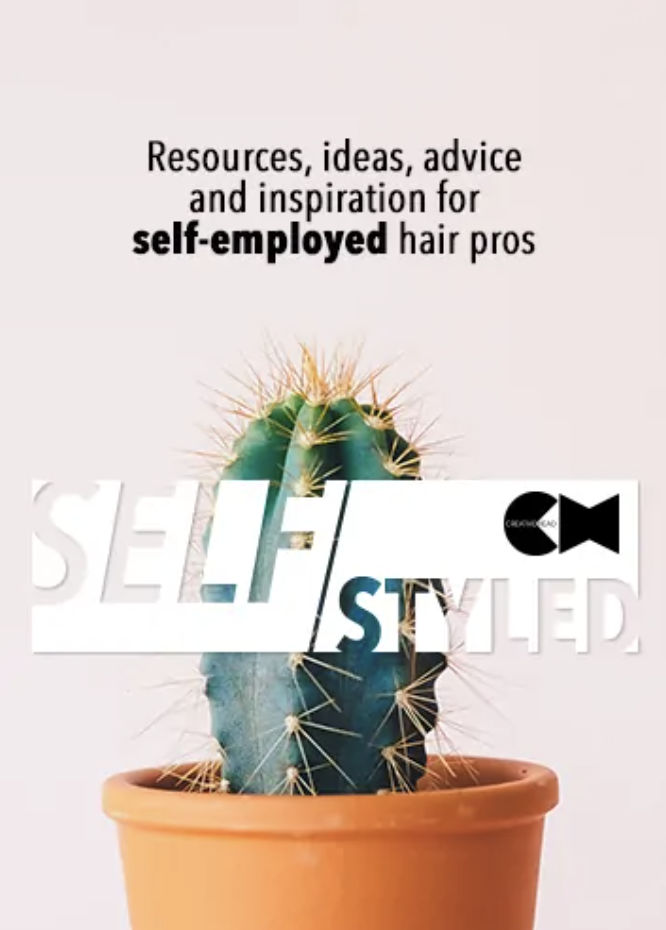
Tim Binnington Turned Down Investment In His Brush Business From Dragons Den – And Here’s Why
Tim Binnington Turned Down Investment In His Brush Business From Dragons Den – And Here’s Why
The man who helped build the Headmasters empire is striking out once again
by C | DOCUMENTS
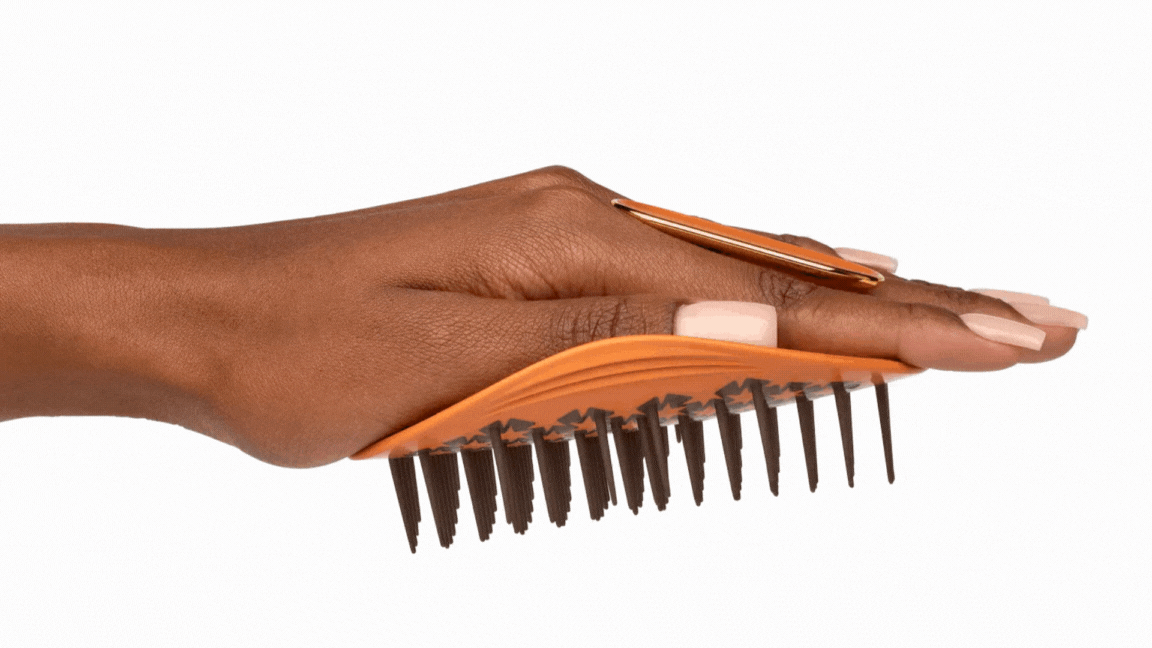
For over 30 years Tim Binnington worked tirelessly as part of a team that grew the Headmasters group to a staggering 56 salons – one of the UK’s biggest – with a combined turnover of £32 million. Nobody would have batted an eyelid if he’d shown up for work one day and announced he was going to golf his way through retirement. Instead, in 2024 he’s busier than ever running a completely different business – the Manta, a revolutionary hairbrush that aims to stop breakage while boosting shine.
The Manta came about in 2014 when Tim’s wife Dani was suffering from a life-threatening illness that caused her hair to fall out. As it started to grow back Tim saw how ordinary brushes caused pain and breakage. Dani could only bear to use her fingers as a comb, and that’s when Tim got the idea.
Creating a hairbrush that was as gentle as running your fingers through hair was the goal, but it also needed to protect and stimulate hair growth, working with hair and not against it. “If you brush your hair with your fingers, and you come up against a knot you don’t just yank it – you put a pin in the knot and give it a little wiggle to loosen it. That was my eureka moment,” says Tim. So began a labour of love that, 10 years and £600k of their own money down the line, he and Dani are still completely absorbed in.
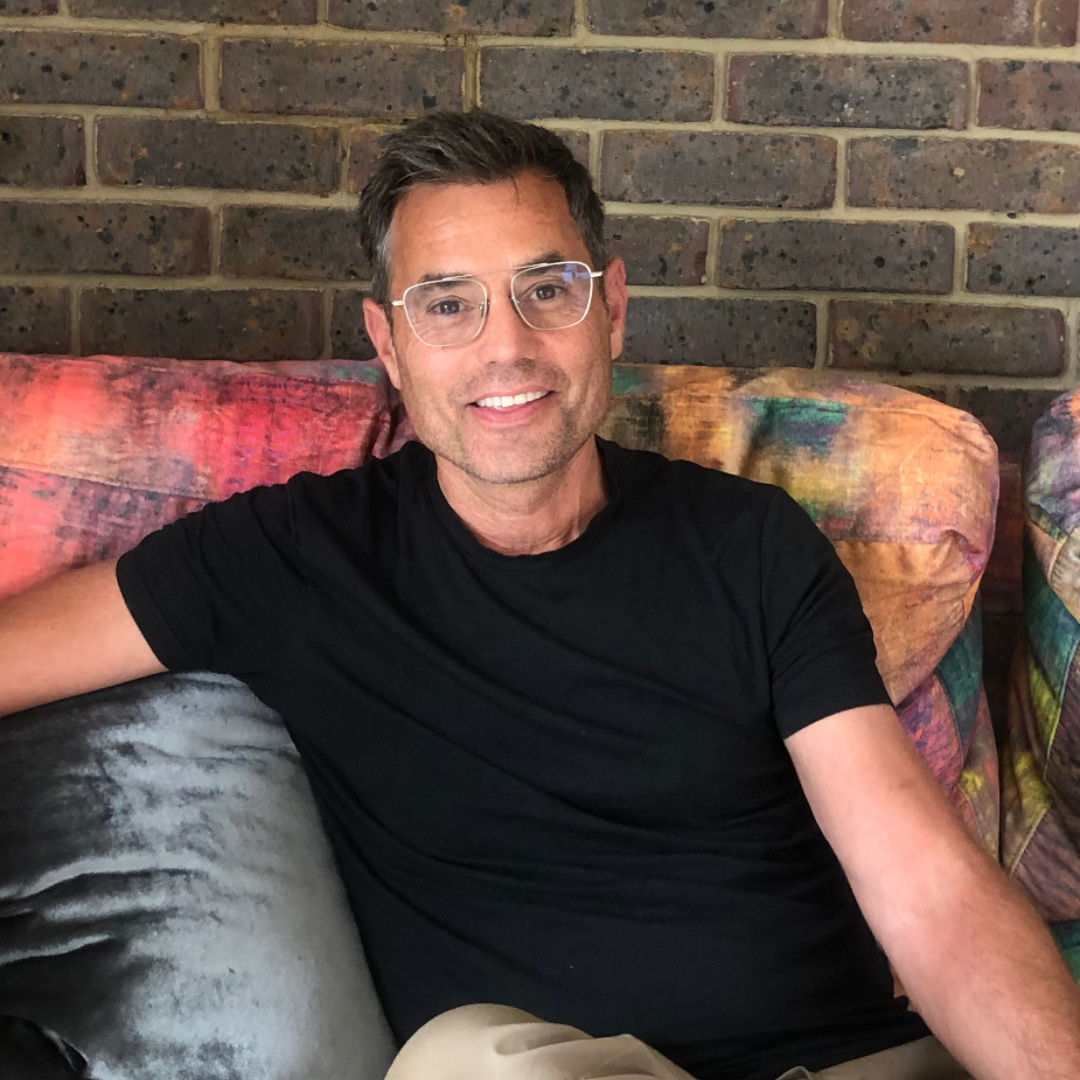
Tim Binnnington
“It took almost five years just to develop the Manta,” says Tim, who now is something of an expert on how brushes are manufactured (want to know the difference between a single shot mould and a twin-shot overmould? Tim’s your man). “I needed it to be totally flexible, quite unlike anything else on the market, and it had to be made of materials that feel really good on the skin.” Guess where he found what he was looking for. That’s right, the adult toy world.
“I know, I know,” he laughs. “But I wanted the experience of massing your scalp or brushing your hair to be sensual and enjoyable, because from my years as a hairdresser I knew that what people love most is getting their hair washed. Traditional brush manufacturers couldn’t help me, so I ended up at Love Honey, where I found materials that were sensual, hypoallergenic, heat-resistant, durable, easy to clean and – even though you don’t need this in an adult toy –anti-static too. So, basically, everything I needed.”
When the Manta eventually launched in June 2018, it looked unlike anything else on the market. Its Flexguard technology, where each bristle sits on its own base and moves 360 degrees independently through the hair, was so unique it was patented. It sits comfortably in the palm of your hand so you can move and manipulate the brush as you see fit, following the contours of your head and allowing the bristles to glide along and not pull on the hair.
“When we launched, we had such a great reaction from salons,” says Tim, “and they are really important to us were originally going to be our main retail outlets. But as soon as it started moving, we had Covid and as everything shut down, we had to pivot online and focus more on the consumer.”
Fortunately for Tim, something else that came out of Covid was thinning hair, and a newfound consumer awareness of the importance of hair and scalp health. Good news for for Manta sales, surely, as the brush has the added benefit of gently exfoliating the scalp, creating a flake-free, product buildup-free, healthier scalp, which is perfect for hair growth.
“Absolutely,” says Tim. “Everyone is more aware and we are in more demand. We’re launching in Boots this year, in a healthy hair and scalp section. We’re sold on 15 airlines but we’ve just launched on Emirates Airlines as well because they’ve recently introduced a healthy hair and scalp section. And we sell in places like South Korea and Japan, where they’ve always been into scalp health.” A key promotional channel has been QVC, both in the UK and the US, as that’s where Tim gets to actually demonstrate Manta’s point of difference from competitors such as Tangle Teezer and WetBrush.
Did someone mention Tangle Teezer? When creator Shaun Pulfrey appeared on Dragons Den in 2007, he was famously rejected by the Dragons who told him hjis brush to detangle knotty hair was “a waste of time” (Pulfrey subsequently sold a majority state in his business for £70 million). Earlier this year, Tim and his wife Dani also walked out of the Dragons Den empty-handed – not because they didn’t receive investment offers, but because they turned them down.
The duo had asked for a £240,000 investment for four per cent of their company. Three Dragons – Peter Jones, Sara Davies and Touker Souleyman – were interested, but they all wanted far more equity than Tim and Dani were prepared to sacrifice.
“We valued the business a lot higher than the Dragons would, but our experience in the Den made us realise the extent of the value of our business,” says Tim. “There are millions of people who are suffering with hair breakage and thinning hair, which Manta can help. Sadly, the Dragons were more interested in the money than solving the problem.”
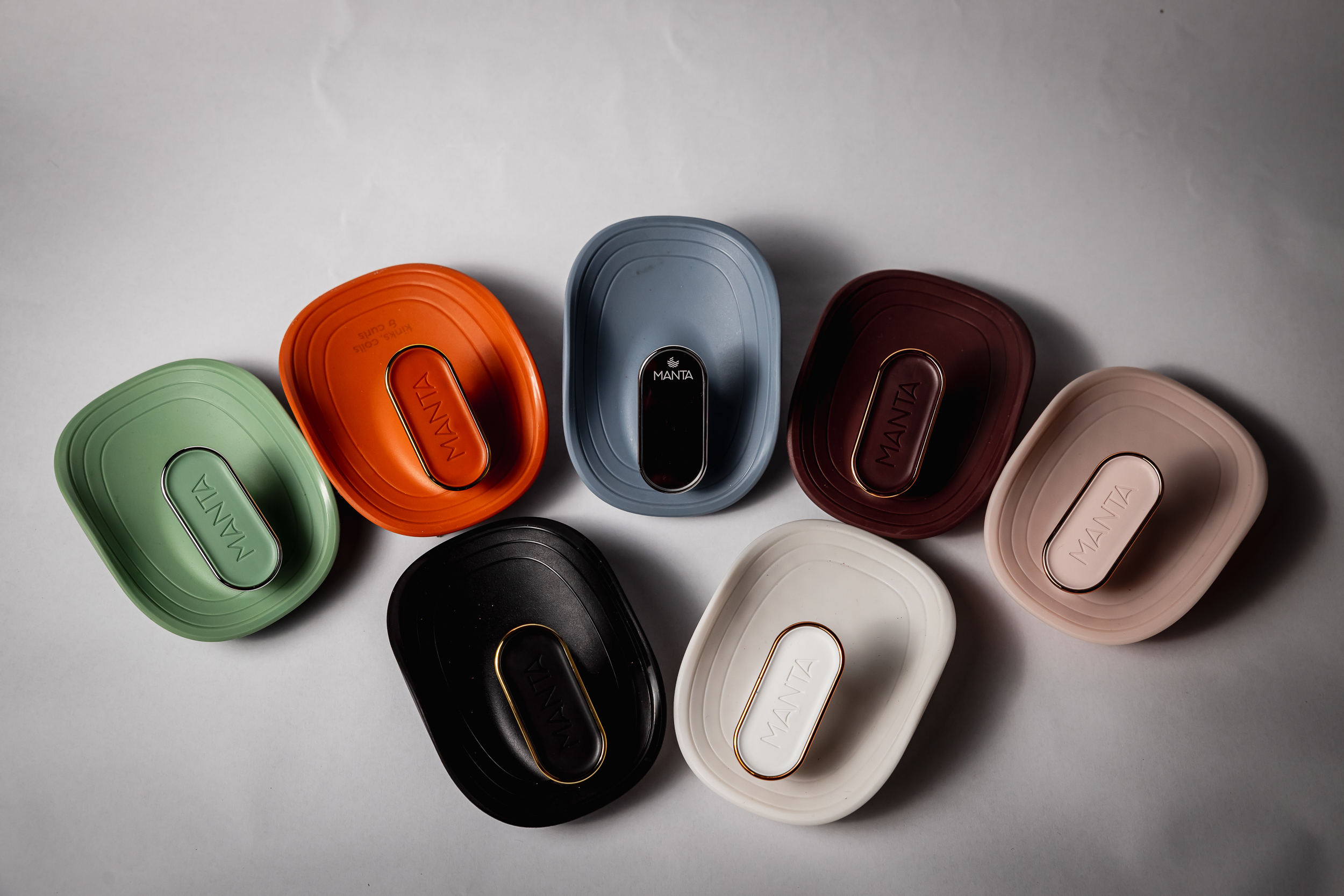
The Manta family continues to grow.
With the bit clearly between his teeth, Tim continues to innovate. Alongside the original Manta, there’s now a Manta incorporating a mirror for on-the-go touch-ups and a pulsating version, known as Pulse, that uses vibration either to invigorate hair and scalp, or relieve stress and tension. And the newest addition is the Manta Kinks, Coils and Curls, especially developed for the unique needs of 3a to 4c curly hair. Together, the Manta family has won almost 40 awards – including Creative HEAD’s Most Wanted Award for Innovation in 2020 – and as a nod to where the journey originally began, Manta have donated almost 8,000 brushes over the years to The Little Princess Trust, a charity supplying real hair wigs, free of charge, to children who have lost their own hair due to cancer treatment or other conditions.
“If you brush your hair with your fingers, and you come up against a knot you don’t just yank it – you put a pin in the knot and give it a little wiggle to loosen it. That was my eureka moment.”
“The business is doing well,” says Tim, who still squeezes in one day a week at Headmasters, and who credits a lot of Manta’s success to the team who work with him. “We have got our original investment back, but to be honest I didn’t go into it to make money – it’s only ever been about helping people. My goal is to get more and more people changing the way they brush their hair. And even if they say, ‘I’ll never use a Manta, but I’m going to mindfully brush my hair and be careful with my scalp,’ we will have achieved something. Because when a woman gets to 60, 70 or 80 she will have better hair, and that will make her feel better about herself and have more confidence. And the better you feel, the better you are to others, so it makes the world a better place.”
